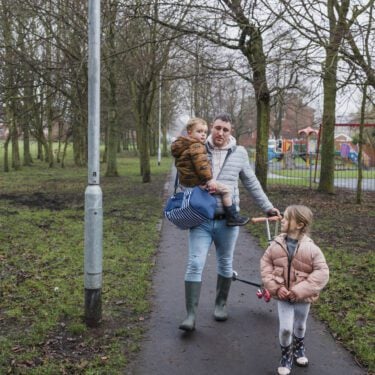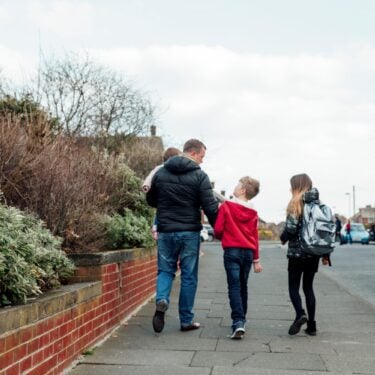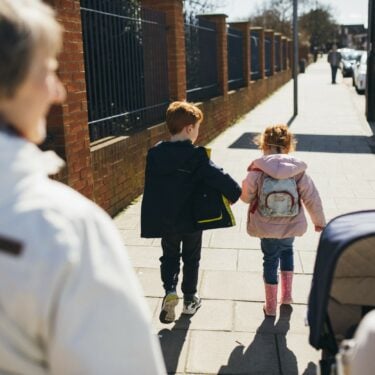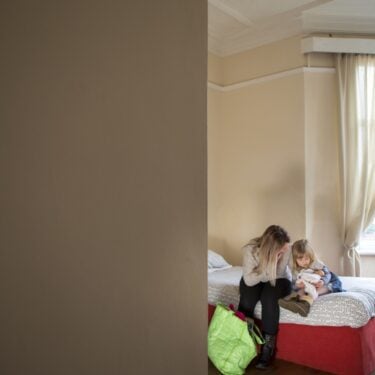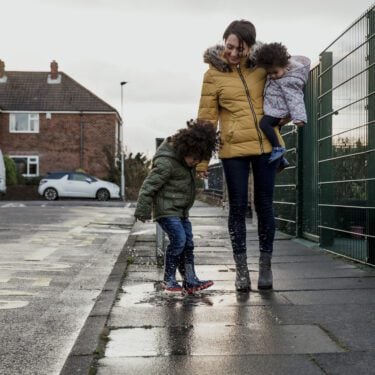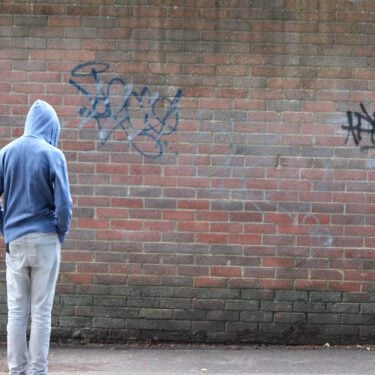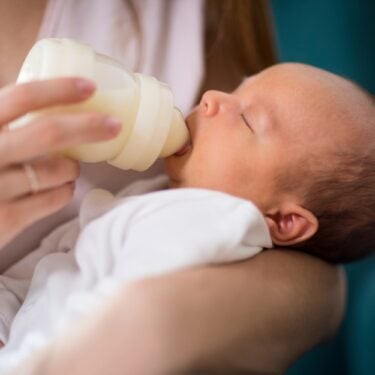-
Professor Liz TrinderUniversity of Exeter
-
Caroline BrysonBryson Purdon Social Research LLP
-
Susan PurdonBryson Purdon Social Research
-
Penny MansfieldOne Plus One
-
Lester ColemanOne Plus One
Project overview
‘Finding Fault? Divorce Law in practice in England and Wales’, funded by the Nuffield Foundation, is the first empirical study since the 1980s of how the divorce law in England and Wales is operating. Divorce affects more than 100,000 families in England and Wales every year. If separating couples want to get divorced without waiting for two years (or five if the other person does not consent), one person must submit a petition detailing how the other is ‘at fault’.
In 1990 a Law Commission report set out six problems with fault-based divorce, including that the law was confusing and misleading, discriminatory and unjust, distorted bargaining positions, provoked unnecessary hostility, made things worse for children by exacerbating parental conflict whilst at the same time doing nothing to save marriages. Consequently Parliament went on to enact a no-fault divorce regime with the Family Law Act 1996, but logistical challenges meant that this was never implemented.
‘Finding Fault? Divorce Law in practice in England and Wales’ included interviews with people going through divorce, focus groups with lawyers, observation of the court scrutiny process and analysis of divorce court files, coupled with a national opinion poll and comparative analysis of divorce law in other countries. The findings demonstrate that many of the problems persist.
Divorce petitions are often not accurate descriptions of why a marriage broke down and the courts make no judgement about whether allegations are true. 43% of those surveyed who had been identified as being at fault by their spouse disagreed with the reasons cited for the marriage breakdown and 37% of respondents in the court file analysis denied or rebutted the allegations made against them. The court did not raise questions about the truth of a petition in any of the 592 case files analysed, despite evidence that respondents disagreed with the claims made. Rebuttals are ignored except in the rare cases where the respondent is able to defend the case.
Uncertainty about what constitutes unreasonable behaviour undermines the principle for the rule of law to be ‘intelligible, clear and predictable’. In the 1980s, 64% of behaviour petitions were based on allegations of physical violence, but this has now fallen to 15%, indicating that there has been a large drop in the expectations as to what is needed to prove ‘behaviour’. Many lawyers and members of the public do not know exactly how low the threshold is and, as a result, some are filing stronger petitions than necessary, while others who cannot afford a lawyer may think they have to wait out long separation periods because they do not ‘qualify’ for fault-based divorce.
The use of fault may trigger, or exacerbate, parental conflict, which has a negative impact on children. In the national survey, 62% of petitioners and 78% of respondents said that in their experience using fault had made the process more bitter, 21% of fault-respondents said fault had made it harder to sort out arrangements for children, and 31% of fault-respondents thought fault made sorting out finances harder. When interviewed, both petitioners and respondents gave examples of how the use of fault, mainly behaviour, had had a negative impact on contact arrangements, including fuelling litigation over children. Some described threats to show the petition to children.
Divorce law in England and Wales is out of step with Scotland, most other countries in Europe, and North America. In 2015, 60% of English and Welsh divorces were granted on adultery or behaviour. In Scotland, where a divorce can be obtained after one year if both parties agree, this figure was 6%.
Fault does not protect marriage or deter divorce. The study found no empirical support for the argument that is sometimes made that fault may protect marriage because having to give a reason makes people think twice about separating. In fact the evidence points the other way: analysis of case files shows fault was associated with shorter marriages and shorter gaps between the break-up of the relationship and filing for divorce.
Based on these findings the researchers recommend removing fault entirely from the divorce law and replacing it with a notification system where divorce would be available if one or both parties register that the marriage has broken down irretrievably and that intention is confirmed by one or both parties after a minimum period of six months.
There have been calls for no-fault divorce coming from various quarters, including the President of the Family Division and Resolution, however for this to happen parliament will have to act.
A further report from ‘Finding Fault? Divorce Law in practice in England and Wales’ on contested cases, where there was at least an intention to defend, will be reported on separately in 2018.














